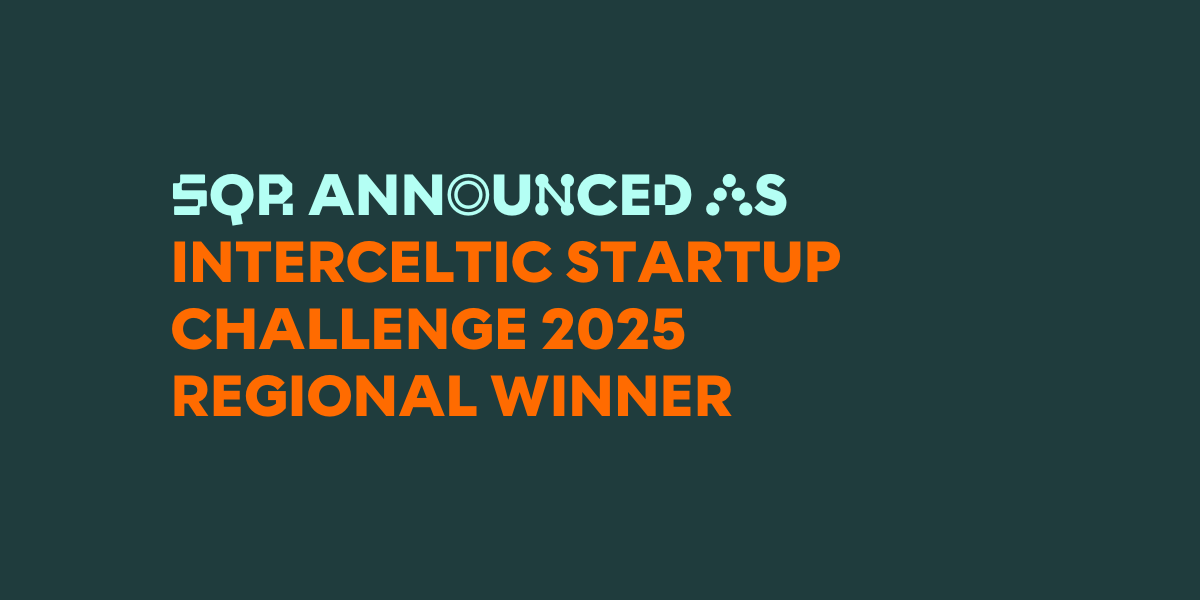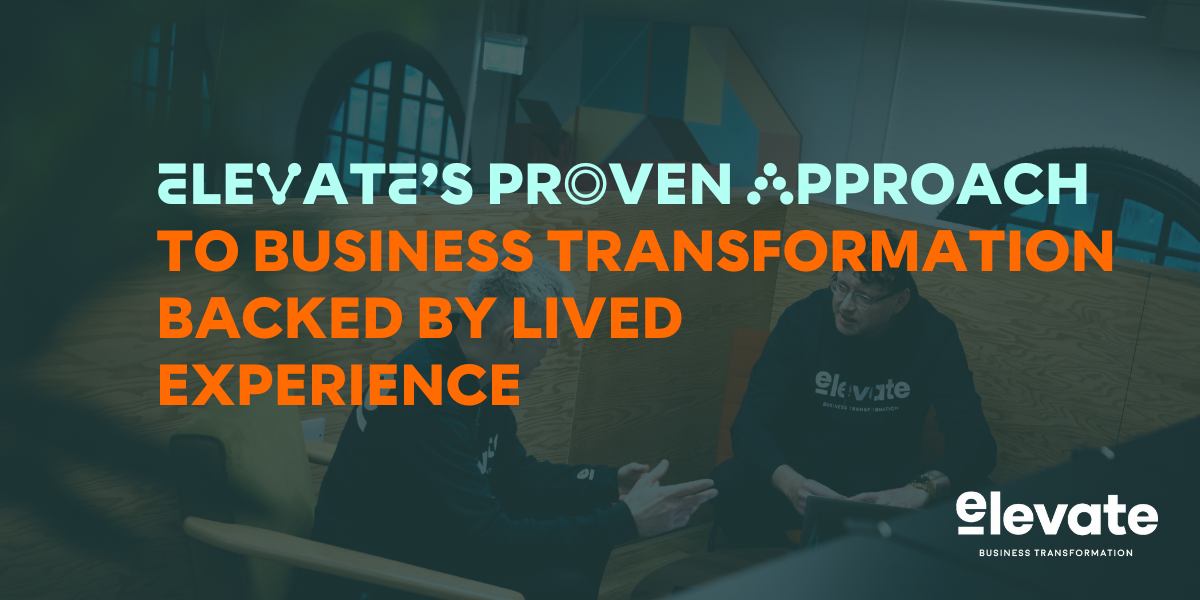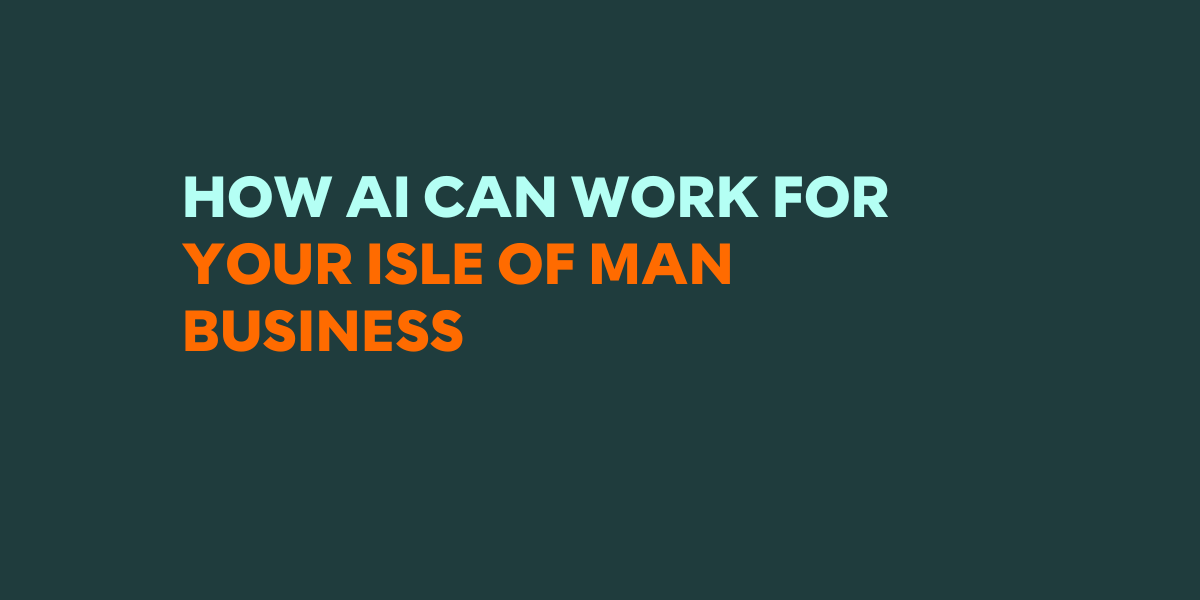DEVCON 5 Review
19 December 2019

Following this recent trip to Devcon 5 in Japan, Technical Lead for Blockchain Isle of Man, Jim Burton, gives us his summary of the event.
Introduction
Ethereum is one of the major blockchain systems - it has the market value of $15 billion, second highest after Bitcoin (https://coinmarketcap.com) and has a large developer following.
Every year the Ethereum Foundation (https://ethereum.foundation) organises a developer conference and this year it was held in Osaka, Japan. These are always very informative and enjoyable events and this article is about my experience at this year’s conference.
Where was it? Who attended?
This year the Ethereum developer conference was held in a conference centre in the port area of Osaka (https://goo.gl/maps/BDaLmtyKvnFs4CUY8). I estimate from the size of the Opening Welcome address that there were 5,000 geeks and nerds in attendance. This is as if the whole of Peel attended a single conference simultaneously. The attendees were very much developers: the dress code was t-shirts rather than suits.
For the opening welcome the Ethereum Foundation hired a Japanese drum ensemble from Kyoto which were impressive.
What was the main theme of the conference?
In my opinion, the main theme of the conference was that the design work for what is known as ‘Ethereum 2.0’ (described below) has been completed. There are lots of teams now doing the hard work of actually making it work in real life.
Most software projects have 3 main stages:
- Inception – this is the most fun part of any project, where you are building something from scratch and your creative juices are flowing.
- Build out – the middle part of a project is when you build the structure and content of your project. Most developers enjoy this phase of the project as they are natural born builders.
- Transition to production – it takes as long to finish the last 20% of a project as to make the first 80%. It’s a slog. Bug fixes, interoperability work, reworking things that do not quite work, more bug fixes, documentation. Testing. This is the stage the Ethereum developers are at now.
What is Ethereum 2.0?
But what is this Ethereum 2.0 thing?
The current Ethereum version (called, naturally enough, Ethereum 1.0) is the current Ethereum blockchain. There are a lot of upgrades coming in Ethereum 2.0 but the three main ones are:
- Transition to Proof of Stake. Rather than ‘burning’ electricity to secure the Ethereum blockchain, with Proof of Stake validator nodes put value (in the form of ETH cryptocurrency) on the line to demonstrate their commitment to securing the Ethereum blockchain.
- Coordination through a beacon chain. In Ethereum 2.0 there is a separate blockchain called a beacon chain that is responsible for orchestration and coordination. This chain performs a similar role to a conductor of an orchestra and keeps the whole system running smoothly.
- Using the beacon chain to coordinate, Ethereum 2.0 has multiple shards: each of this is a blockchain in its own right, with a set of validators, and each shard can communicate with any of the other shards to transfer assets. Multiple shards increase transaction throughput in a similar way that multiple lanes on a highway increase traffic throughput. There is some debate about the number of shards that will be used for Ethereum 2.0 – it is likely to initially be 64, with a planned scale up to 1024.
These improvements will collectively produce a blockchain backbone that you will be able to deploy your applications to, confident that they will be able to scale to large numbers of users. I estimate that by the time of the next Ethereum developer conference in 4Q2020 that Ethereum 2.0 will be very close to rolling out these improvements into production.
What were your impressions of Japan?
This was my first trip to Japan: it is a fascinating culture and really interesting to visit.
That same weekend the typhoon Hagibis hit Japan (https://en.wikipedia.org/wiki/Typhoon_Hagibis_(2019)). This was a very large storm system - over 1500 km wide – and was the largest typhoon to hit Japan since 1958. We were in Tokyo when it hit.
Japan is a socially cohesive society, similar to the Isle of Man, and I was really impressed by their response to Hagibis. Virtually everything in Tokyo shut down on the day of the storm for safety reasons: no trains, no planes, virtually all shops were shut and, in a city of 38,000,000 people the streets were empty. We came through Tokyo Central Station on Friday night, the day before the typhoon, and you could tell that everyone was concentrating on getting home to be with their family. There was also a coastal earthquake on Saturday and extensive flooding from the storm’s rain so it was a pretty difficult weekend for the whole of the region.
Where and when will Devcon 6 be held?
If the Ethereum Developer Conference piques your interest then it is worth knowing that Devcon announcements are made on Twitter by the adorable Deva the Devcon Unicorn (https://twitter.com/EFDevcon). Follow her to hear when and where the next Devcon will be.





